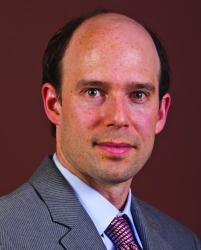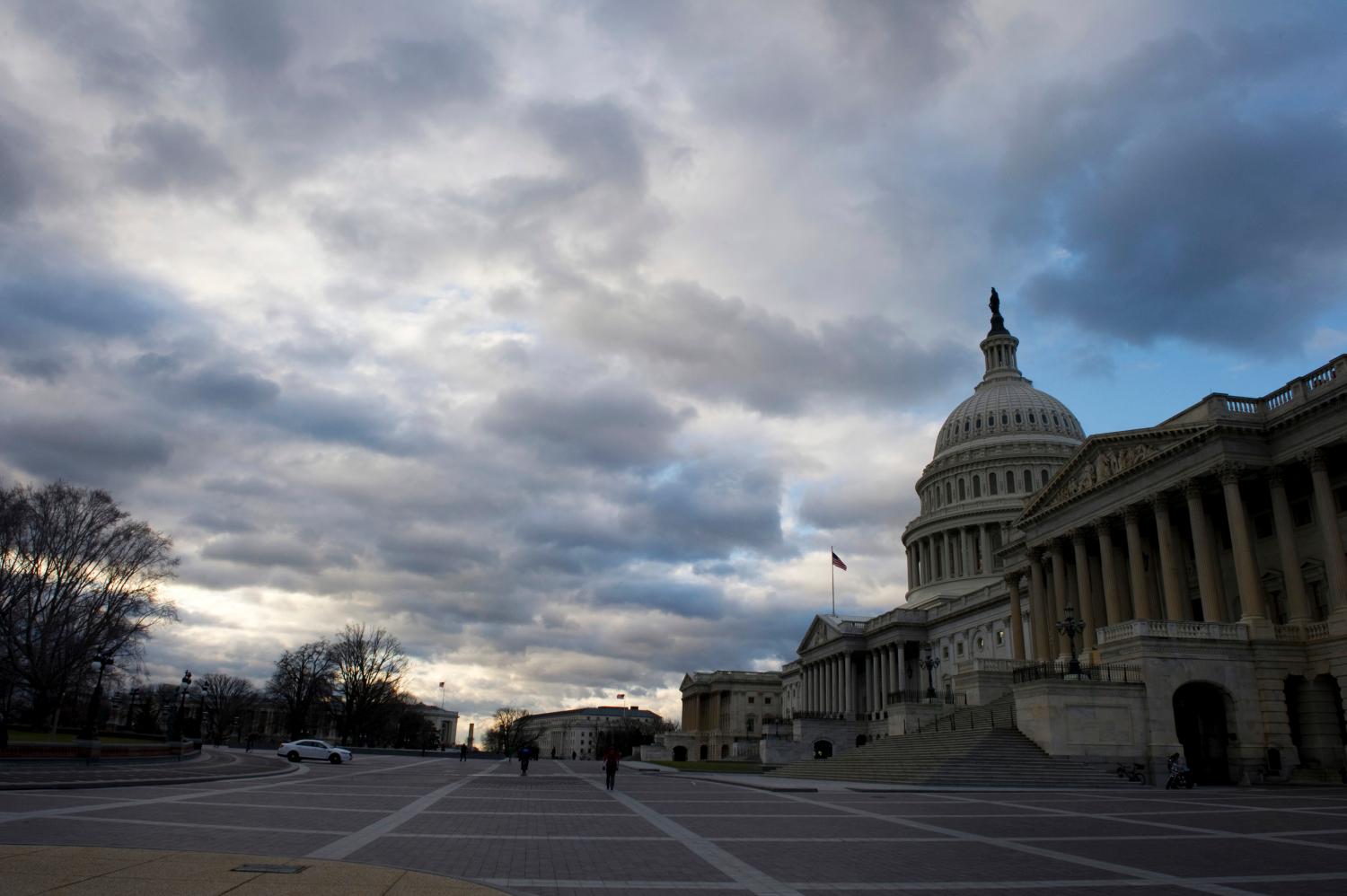Executive Summary
In order to realize the world’s commitment to ensuring education for all by 2015, important innovations and reforms will be needed in the governance and financing of global education. In 2008, Presidential Candidate Barack Obama committed to making sure that every child has the chance to learn by creating a Global Fund for Education. Secretary of State Hillary Clinton has recently called for a new architecture of global cooperation that requires institutions to “combine the efficiency and capacity for action with inclusiveness.” A new Global Fund for Education should be an independent and inclusive multi-stakeholder institution that builds upon existing institutions and supports country-driven solutions. It must be capable of mobilizing the approximately $7 billion annually still needed to achieve education for all, while holding all stakeholders accountable for achieving results with these resources.
None of these objectives will be achieved without a major rethinking of the global education architecture and an evolution of current mechanisms for financing education. More than 75 million children remain out of primary school, and only 53 of the 171 countries with available data have achieved gender parity in primary and secondary education. Achieving these two Millennium Development Goals, and the broader Education for All Goals set out by 164 countries, will require more capable international institutions. A Global Fund for Education that links funding to performance, that ensures a greater share of resources reach schools and that coordinates the efforts of diverse stakeholders is essential to putting these goals within reach.
In order to realize President Obama’s vision for creating a Global Fund for Education, significant leadership by the United States on global education will be needed in the coming year. A clear commitment by the United States to leverage the contributions of other nations and work together to support country-driven strategies through a Global Fund for Education could catalyze unprecedented international energy around achieving education for all.
Policy Brief #169
Learning from Existing and Innovative Mechanisms
The Global Fund for Education should reflect an evolution of the successful elements of existing multilateral mechanisms. Seven years ago, the Fast Track Initiative (FTI) was launched as the primary financing vehicle for achieving education for all. Working with key donors and international institutions, the FTI was supposed to mobilize the resources needed to close the massive education-financing gap. Housed within the World Bank, the FTI has not yet been able to build a strong public brand, engage the support of a number of leading donors or mobilize adequate resources from major donor countries.
The FTI has not been capable of generating resources on a scale consistent with its founding vision of achieving universal education for all. Although the FTI initially focused on expanding bilateral investments in education, in 2003 it created a multilateral Catalytic Fund to mobilize additional resources with an early focus on countries without major bilateral donors. In 2006, the FTI’s multilateral Catalytic Fund represented approximately 2% of aid commitments to basic education. Although the number of countries contributing to the Catalytic Fund has increased in recent years, many of the biggest donors are still not participating, and just three countries accounted for over 70% of total pledges in 2008. As a result, the FTI faces a shortfall of $1.2 billion for the coming year, which is more than all the money it has received from donors in the last six years. Although many countries endorsed by the FTI have experienced increases in bilateral basic education funding, their share of overall assistance focused on basic education has not increased, a fact that makes it hard to rule out the possibility that overall aid trends were largely responsible for that growth.
The FTI has recently undertaken a set of internal governance reforms designed to improve its performance, but these changes alone are unlikely to overcome some of the structural challenges it still faces. Without independent capacity for action, more inclusive governance, greater attention to conflict-affected countries and stronger accountability for results the FTI will not be able to mobilize sufficient resources or deliver the results that it was set up to achieve. At the same time, the FTI’s model of requiring and supporting the development of comprehensive national education strategies and seeking to align donor funding around these strategies should be incorporated in any evolution to a Global Fund for Education. Similarly, the FTI’s ambition of aligning bilateral flows along with multilateral funding remains an important objective to ensure that all types of donor funding are being fully leveraged.
A Global Fund for Education should also draw on the successful experience of other innovative global development financing mechanisms. Among the most successful of these new institutions is the Global Fund to Fight AIDS, Tuberculosis, and Malaria (GFATM). Since its inception, the GFATM has generated commitments of over $20 billion and is now the leading source of external financing for tuberculosis and malaria. One of the keys to the GFATM’s success in resource mobilization has been the strong engagement of both civil society and developing countries as full partners with donors in its governance. Civil society representatives and developing countries have equal standing in decision-making at the global level within the GFATM. As a result, civil society stakeholders have been at the center of the largely successful drive for resource mobilization for the Fund and partner countries are more invested in its success.
Toward a Global Fund for Education
The core mission of the Global Fund for Education should be to mobilize the financing needed to achieve universal quality education. Linking successful early learning with meaningful opportunities for secondary education, the Global Fund for Education should maintain a focus on achieving universal quality basic education for all while also supporting early childhood learning and secondary schooling as part of a comprehensive approach to education. The GFE should be guided by a set of core principles, focused on key objectives, and reflect an evolution of existing mechanisms:
1. Independent Capacity for Action
Independence from any other international institution will be essential to establish the public profile necessary to succeed in this resource mobilization challenge. The independence of the Global Fund to Fight AIDS, Tuberculosis and Malaria has been a key to its success, while the lack of independence of the FTI has been a primary obstacle to its ability to mobilize sufficient resources. An independent Global Fund for Education should still leverage the expertise and commitment of other international institutions, such as UNESCO, UNICEF and the World Bank. Technical experts from these institutions can play an important role in supporting countries both in the development of national strategies and in the effective implementation of these strategies.
2. Inclusive Governance
Inclusive governance will be critical to building a multi-stakeholder constituency that is committed to mobilizing resources. Developing countries, civil society and donor countries should be equal partners in a system in which there is equal representation and the support of each constituency is necessary for major decisions. Such a requirement in the governance structure of the GFE will not only strengthen the internal decision-making process by subjecting it to the scrutiny of diverse perspectives but will also provide external legitimacy and increase the effectiveness of its implementation efforts. Without such inclusiveness, the Global Fund for Education will not be able to succeed in either mobilizing donors to make education a top priority nor in ensuring that these resources are being well-spent in partner countries.
3. Country-Driven Solutions
Developing countries should set the agenda for the best approach for themselves through the development of comprehensive national education strategies. The Global Fund for Education should build on the FTI’s ambition of aligning donor investments around comprehensive national education plans that reflect country-driven solutions. In order to ensure that strategies are truly national—not simply government plans—the Global Fund for Education should mandate that civil society and other non-governmental stakeholders are full partners in the development of these strategies at the national level. Just as inclusive participation at the global level supports effective resource mobilization, ensuring full participation at the national-level supports effective implementation by diverse stakeholders.
4. Accountability for Results
Accountability must be central to the design of the Global Fund for Education. Systems to ensure financial accountability and that money actually reaches the school level and helps students learn are essential to the effectiveness of the Fund. Performance-based disbursement, which connects continued funding with demonstrated results, is the best way to create incentives for recipient countries to deliver on promised results. In addition, key indicators including gains in enrollment, gender equity and student learning outcomes should be included among performance measures. Utilizing improved measures for assessing student learning will be critical to improving completion rates and maximizing the development gains from education. In order to ensure some reasonable predictability of financing, countries that show strong performance should be eligible for extensions of funding over significant periods.
5. Focus on Low-Income and Conflict-Affected States
Given the inevitable limits on the resources of the Global Fund for Education, it is important to establish an allocation principle for distributing funding. First, the eligibility for funding should be limited to low-income countries, or those countries that are eligible for funding under the World Bank’s IDA window. Second, there should be special attention to the challenges of states currently experiencing or emerging from conflict and mechanisms to ensure support for education in these states. Third, the GFE should prioritize those countries categorized as least-developed and that have the most limited national resources. Finally, funding should generally be linked to the level of effort by national governments in supporting education.
6. Leverage and Align Donor Resources
The Global Fund for Education holds enormous promise for mobilizing funding from a diverse array of donors. Just as the Global Fund to Fight AIDS, Tuberculosis, and Malaria has leveraged a two-to-one match of U.S. resources from the rest of the world, the Global Fund for Education could similarly leverage global resources for education. In order to ensure adequate incentives for countries to contribute their fair share, donor board seats should be allocated and adjusted with reference to donor contributions. In addition, there should be a regularized replenishment process built into the initial design that is linked to the overall resource needs for universal education and that encourages long-term commitments by donors. The GFE should also be committed to providing multiple channels for donor assistance, both bilateral and multilateral, as long as these funds are truly aligned with national strategies. While there is a clear need to expand multilateral financing for education far beyond what has been possible to date, it is also important that ongoing bilateral commitments are much better integrated with the objectives of national education strategies.
A Global Fund for Education holds the key to delivering on the world’s commitment to education for all by 2015. Evolving current mechanisms into a more independent, inclusive, and accountable institution can catalyze the resources and performance needed to achieve universal education. Since education is one of the most leveraged of all development investments, establishing a Global Fund for Education would make a major contribution to reducing global poverty, empowering women, and promoting economic growth in low-income countries around the world.
The Brookings Institution is committed to quality, independence, and impact.
We are supported by a diverse array of funders. In line with our values and policies, each Brookings publication represents the sole views of its author(s).




